African lizard thrives in Central Florida
Channel 9 spotted large, colorful lizards running around a Melbourne neighborhood of US-1.
▶ WATCH CHANNEL 9 EYEWITNESS NEWS
These non-native Peters’s Rock Agamas originate in Africa.
They were introduced to Florida in the late 1970s through the pet trade.
Ken Gioeli, an extension agent with the University of Florida’s Natural Resources in St. Lucie told us, “They’ve been on the Treasure Coast and in South Florida for a while.
Read: Longwood neighborhood fears flooding after homeowner blocks drain pipe with concrete
Unfortunately, what looks like is happening is they’re breeding and moving north and west.”
The male lizards are the more colorful of the sexes and they can grow to one foot in length.
The non-native lizards are established in Brevard, Volusia, Seminole and Orange Counties.
They’ve also been spotted in Tampa.
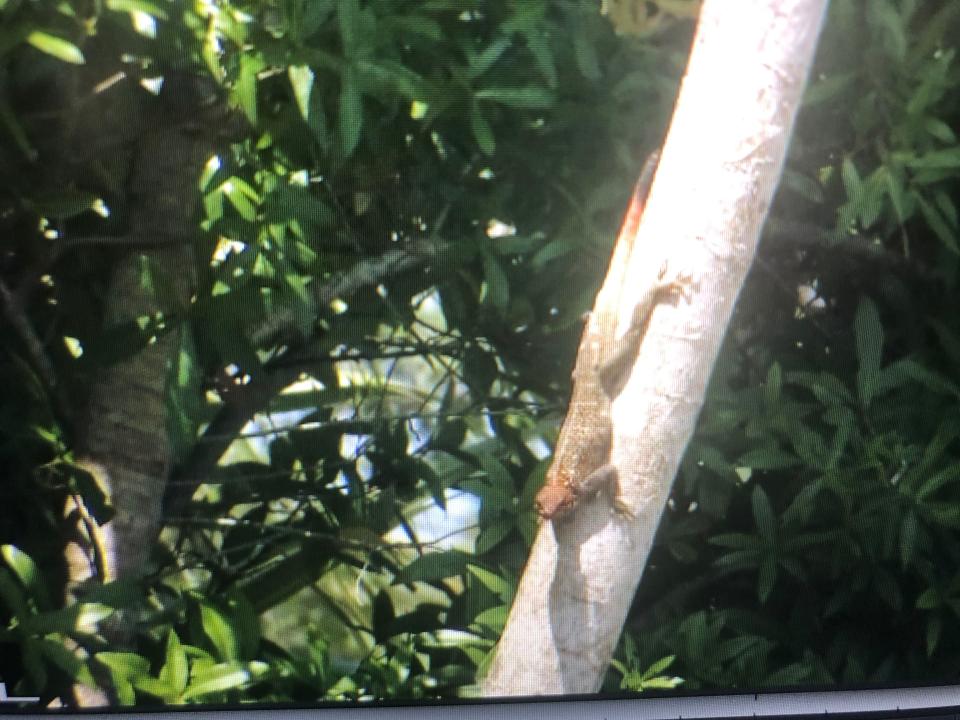
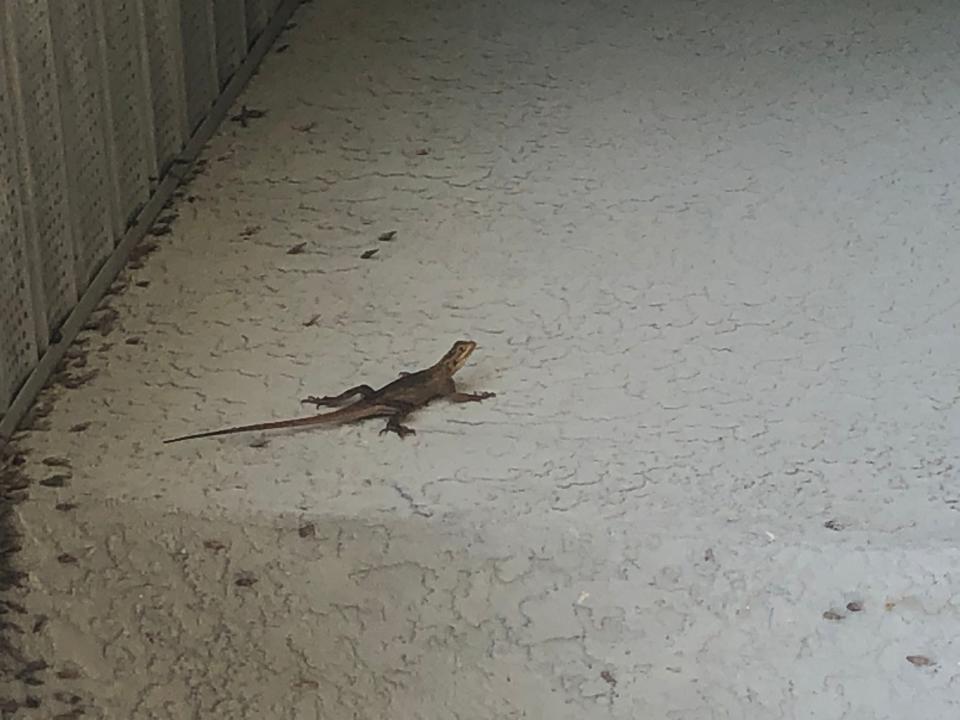
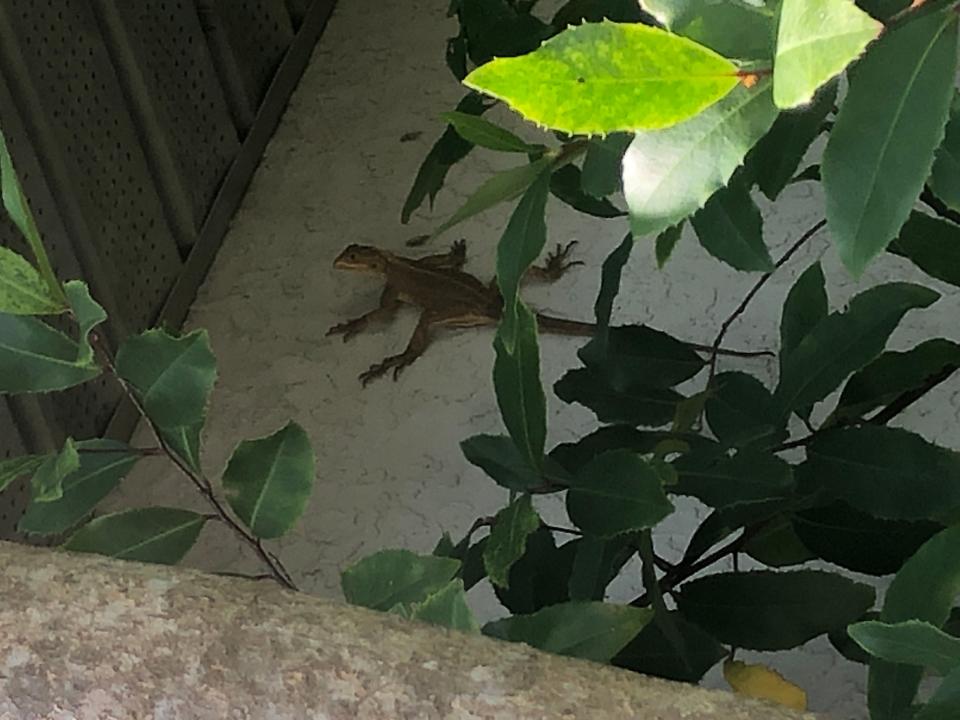
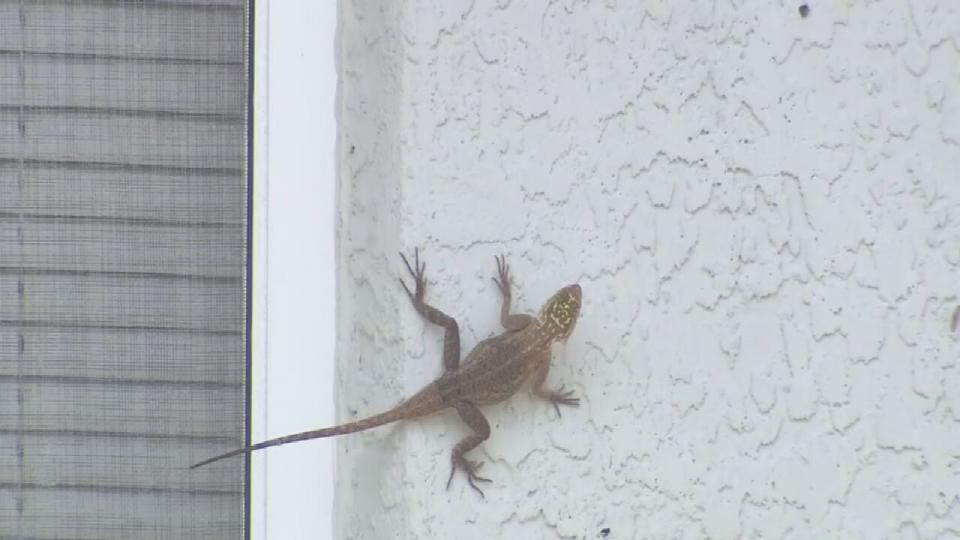
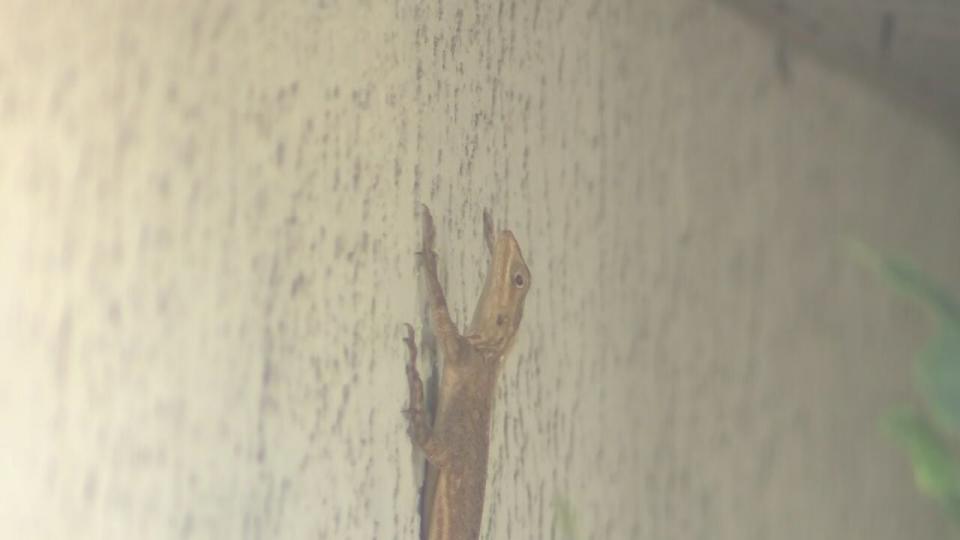
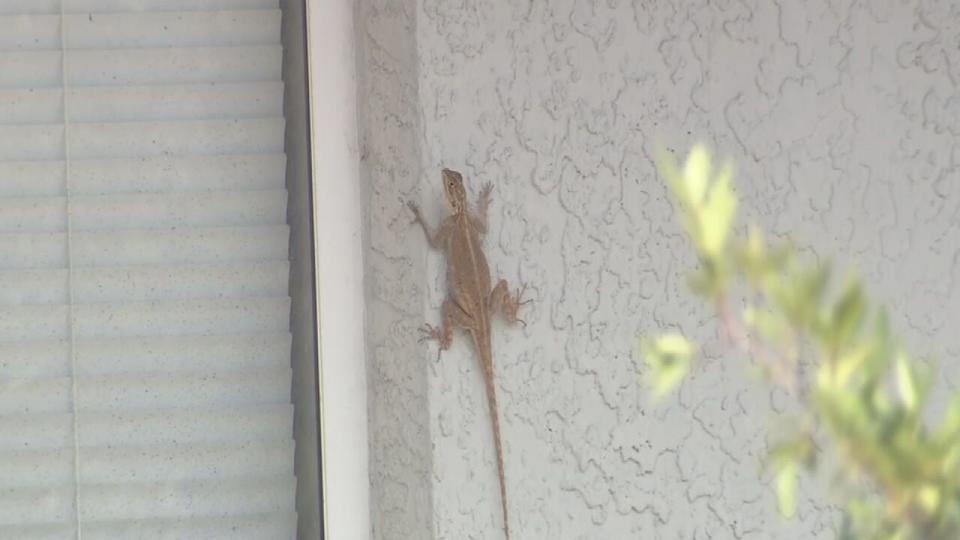
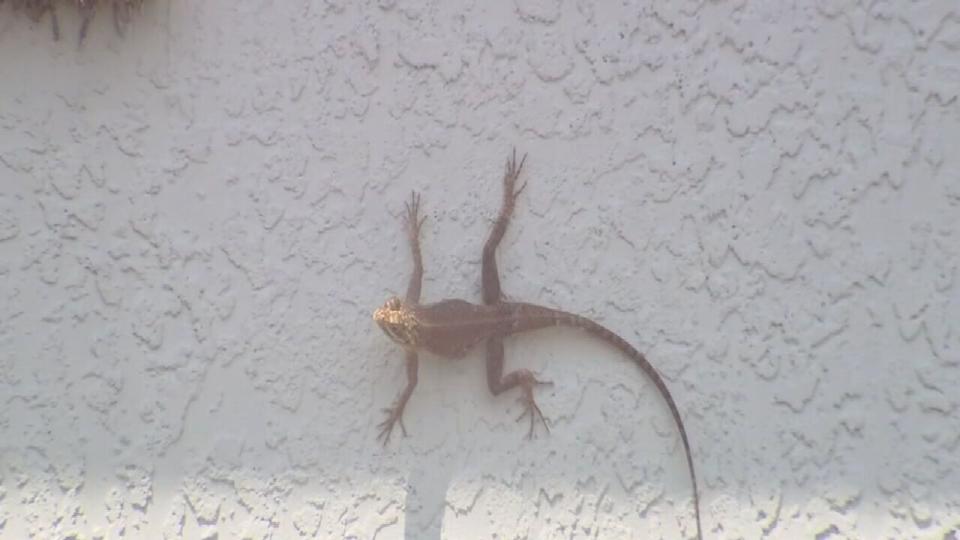
Read: ‘Incredible passion’: NASCAR legend Juanita ‘Lightnin’’ Epton dies at 103
Gioeli told us the lizards’ spread may be slowed by climate constraints.
But they are here to stay.
We need to basically learn what it is that they’re doing to our environment,” Gioeli said. “Are they eating our natives? Are they damaging our native butterfly populations? What’s going on out there? And we’re working on that.”
People can report sightings using an app called ivegot1 and also upload photos and location here.
Read: Universal buys land near convention center, proposed SunRail station
Click here to download our free news, weather and smart TV apps. And click here to stream Channel 9 Eyewitness News live.

